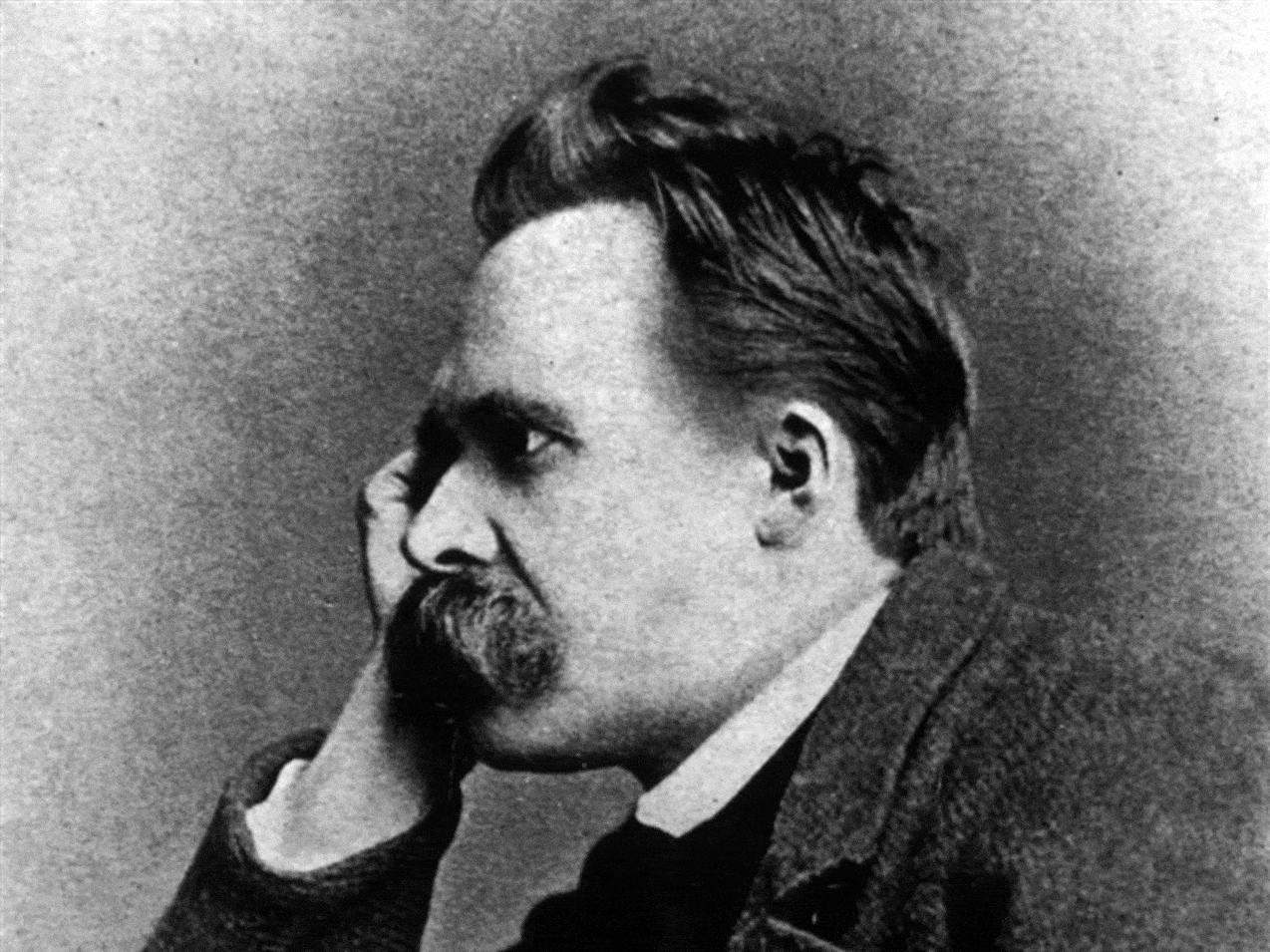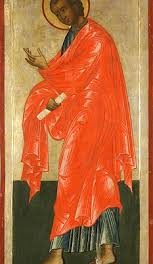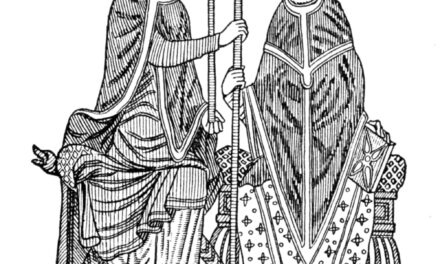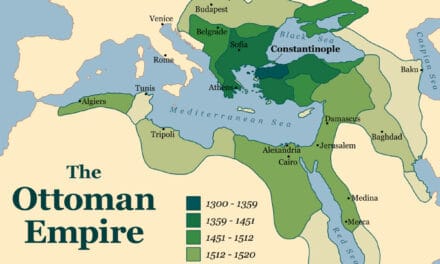The title of this episode of CS is Liberal.
The term “modern” as it relates to the story of history, has been treated differently by dozens of authors, historians, and sociologists. Generally speaking, Modernization is the process by which agricultural and rural traditions morph into an industrial, technological, and urban milieu that tends to be democratic, pluralistic, socialist, and/or individualistic.
In the minds of many, the process of modernization is evidence of the validity of evolution. The idea is that evolution not only applies to the increasing complexity and adaptation of biological life, it also applies sociologically to civilization and human systems. They too are evolving. So, progress is good; a sign of societal evolution.
But critics of modernization decry the abuses it often creates. Not all modern innovations are beneficial. The increased emphasis on individual rights can weaken a person’s sense of belonging to and identity in a family and community. It weakens loyalty to valuable traditions and customs. Modernization builds new weapons that may encourage their inventors to assume they’re superior, then use them to subjugate and dominate those they deem inferior, appropriating their land and resources.
Modernization is often linked to a creeping secularization, a turning away from theistic religion. Periodic revivals are viewed as just momentary blips in societal evolution; temporary distractions in progress toward the realization of the Enlightenment dream of a totally secular society.
It was during the 19th C that the rationalist ideas of the Enlightenment finally moved out of the halls of academia to settle in as the status quo for European society. Christians found themselves caught up in a world of mind-numbing change. Their cherished beliefs were assailed by hostile critics. Authors like Marx and Nietzsche attacked the Christian Faith from a base in Darwin’s popular new theory.
In an attempt to accommodate Faith and Reason, Ludwig Feuerbach, author of The Essence of Christianity, published in 1841, reduced the idea of God to that of a man. He said God is really just the projection of specific human qualities raised to the level of perfection.
In 1855, Ludwig Büchner suggested that science dispensed with the need for supernaturalism. A materialist, he was one of the first to say that the advent of modern science meant there was no longer a need to explain phenomena by appealing to the miraculous or some ethereal spiritual realm. No such realm existed, except in the minds of those who refused to accept what science proved. He said, “The power of spirits and gods dissolve in the hands of science.”
During the last half of the 19th C, Frederic Nietzsche made the case for atheism. Son of a Lutheran pastor, Nietzsche received an education in theology and philology at the Universities of Bonn and Leipzig.
An amateur musician, Nietzsche became friends with composer Richard Wagner, who like Nietzsche, admired the atheist Schopenhauer.
In Nietzsche’s philosophy, we see the fruit of something we looked at in an earlier episode. The rationalist emphasis on reason divorced from faith leads ultimately to irrationality because it claims omniscience. By saying there IS no realm but the material realm, it closes itself off to even the possibility of a non-material realm. Yet the process of reason leads inevitably and inexorably to the conclusion there MUST be a realm of being, a category of existence beyond, apart from the material realm of nature.
So Nietzsche embraced what has to be called non-rational ideas as the source for creativity, what he called “true living,” and art. An early indication his mind was fracturing, he identified as a follower of Dionysus, god of sexual debauchery and drunkenness. It’s no surprise he indicted Christianity as promoting all that which was weak. He hated its emphasis on humility and its acceptance of the role of guilt in aiming to better people by moving them to repentance and renouncing self. For Nietzsche, the self was the savior. He advocated for people to exalt themselves and unapologetically assert their quest for power. He coined the term Übermensch, the superman whose been utterly liberated from the outdated mores of Biblical Christianity and governed by nothing but truth and reason. This superman decides for himself what’s right or wrong.
Nietzsche claimed “God is dead,” so no absolutes exist. There were no facts, only interpretations. Many creatives; authors, painters, and researchers were inspired by Nietzsche and used his writings as inspiration.
It was at this time that advocates for what was called comparative religions argued Christianity ought to be studied as just one of several religions rather than from a confessional perspective that views it as TRUE. The assumption was that religion, just like everything else, had evolved from a primitive to a more complex state. A comparative study might find the core idea that united all religions, just as paleontologists looked for the common ancestor to man and apes.
By the second half of the 19th C, derivations of the word “secular,” along with new words like agnostic, and eugenics, were part of European vocabularies. Secularization was identified with an emerging modernist separation of morality from traditional religion.
Thomas Huxley minted the word agnostic to distinguish mere skeptics from hard-boiled atheists. It seems his development of the term may have actually helped many students, academics, and members of the upper classes in Victorian England shed traditional religious faith and embrace Rationalist-styled unbelief. They did so because they could now express their growing discomfort with supernaturalism without having to go all the way and declaim any belief in a Supreme being. It provided some philosophical wiggle room.
Francis Galton introduced the word eugenics in 1883 to designate efforts to make the human race better by “improved” breeding. Galton, an evolutionary scientist, believed eugenics would favor the fittest human beings and suppress the birth of the unfit.
In light of all this, it’s not hard to understand why Christian leaders were suspicious that “modernity” and “secularization” seemed to go hand in hand. Many materialists came right out and said they were the same; to be modern meant to be secular and hostile to religious faith.
In 1874 John Draper published the hugely influential History of the Conflict between Science and Religion, in which he said religion is the inveterate enemy of reason and science. European society in particular saw a collapse of the political, religious, and social masters that had steered it for centuries. In their place intellectuals emerged who sought a secular substitute to traditional religion.
What made this process seemingly unstoppable was the results of modernization and the fruit of technology rapidly enhancing the quality of life across the continent. Many Christians felt they faced a losing battle defending the faith, “once for all delivered to the saints” against the onslaught of a science delivering such wonderful tools every other week.
They began to wonder if they could remain “orthodox” while becoming “modern” Christians.
That challenge was complicated by the work of Charles Darwin. What made it an even greater challenge was when believers heard from scientists who said they were Christians, who told them Darwin was right. Humans were descended from the apes, not Adam and Eve.
Others, like Bishop Samuel Wilberforce, boldly declared Darwin’s ideas incompatible with Scripture. In 1860, Wilberforce published a well-crafted and lengthy response to the Origin of Species. He praised Darwin’s research and engaging style and even gave a nod to Darwin’s admission to being a Christian. But Wilberforce was careful to mark out many of Darwin’s claims as erroneously conceived.
Wilberforce said God is the Author of both the Books of Nature and Scripture. So it’s not possible for the two to contradict each other. It’s been the object of one branch of Apologetics to justify that ever since.
In October 1860, Bishop Wilberforce and Huxley engaged in a famous debate at the British Association in Oxford over Darwin’s theories. Huxley shrewdly portrayed the cleric as meddling in scientific matters beyond his competency. Wilberforce used a classic debate rhetorical device that had little to do with the substance of the debate but would prejudice the audience against his opponent. Huxley took the barb, then turned it around and used it to paint Wilberforce as HAVING to use such tactics because of the supposed weakness of his argument. If the Bishop had stuck to the content of his original article in the British Digest, he’d have fared much better.
The debate over Darwin’s theory took many turns. Some wondered if he was right that evolutionary processes were progressive in the sense that they moved toward a species perfection. Darwin had said, “As natural selection works solely by and for the good of each being, all corporeal and mental endowments will tend to progress towards perfection.” Supporters of Darwinism had a rationale for what came to be known as Social Darwinism with its advocacy for racism and eugenics.
Ernst Haeckel introduced Darwinism to Germany. A brilliant zoologist, in 1899, Haeckel published The Riddle of the Universe, in which he argued for a basic unity between organic and inorganic matter. He denied the immortality of the soul, the existence of a personal God, promoted infanticide, suicide, and the elimination of the unfit. Using a hundred lithographs drawn from nature (1904), Haeckel campaigned for the teaching of evolutionary biology in Germany as fact. This was in contrast with the many scientists who viewed Darwinism as an evolving theory.
At the dawn of the 20th C, the debate over Darwinism continued. As early as 1910, some claimed the theory of evolution was already dead. As subsequent history has shown, yeah –uh, not quite.
Under mounting pressure, Europeans who wanted to be considered “modern, scholarly” yet remain “Christian” often made accommodations in the way they expressed their faith. Early in the century, liberal theologians found new ways to describe and explain the Christian faith. Friedrich Schleiermacher proposed that Truth in Christianity was located in a personal religious experience, not in its historical events or correspondence to reality. He criticized Scholastic Protestant orthodoxy emphasizing assent to propositions about God. He said what was far more important was one’s subjective experience of the divine.
Later in the century, Catholic modernists said the Roman Catholic Church must accommodate the advances in knowledge made by higher criticism and Darwinism. They also declaimed the lack of democracy in the running of the Church. Pushing back against all this in 1910 Pope Pius X condemned modernism as the “synthesis of all heresies.”
Faced with such dramatic changes and challenges, many 19th C Christians felt the need to define and defend their faith in new ways. That wasn’t an easy task in light of some of the charges being made against it. Those who wanted to align the Faith with the modern scholarship discovered its rules tended to ensconce naturalist presuppositions that allowed no room for the supernaturalism required in theism.
Anglicans and those in the Oxford Movement saw no such need to adjust their beliefs. They simply reaffirmed the authority of their faith communities and emphasized the importance of confessions, creeds, and Scripture. In mid-July, 1833, the Anglican theologian John Keble preached a famous sermon titled, “National Apostasy,” which triggered the beginning of the Oxford Movement. Keble warned about the repercussions of forsaking the Anglican Church.
We’ll take a closer look at the emergence of Theological Liberalism in our next episode.





